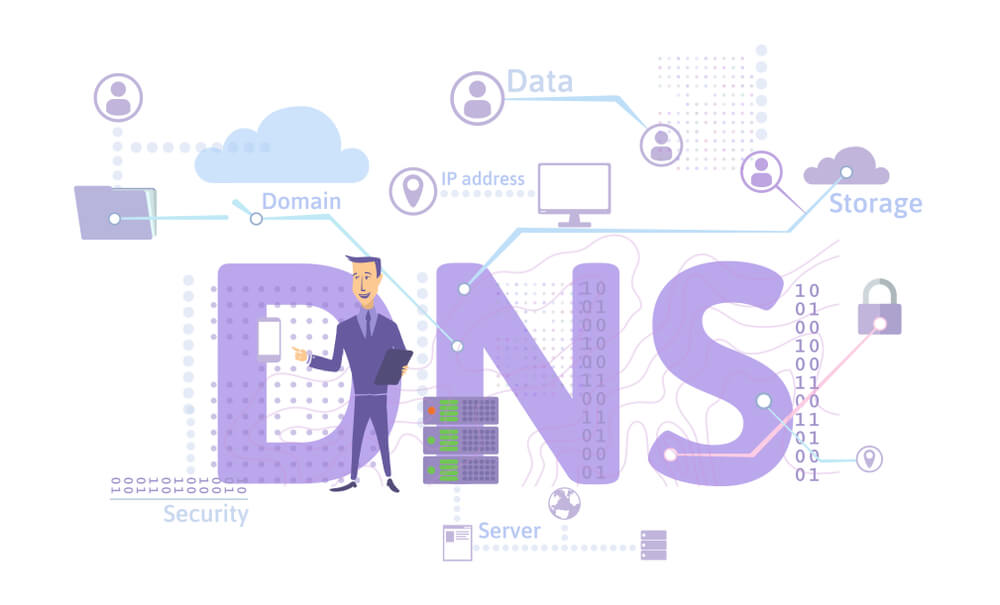Yahoo! Data Breach Settlement: A Deep Dive into Fake Websites through Domain Name Monitoring
The massive Yahoo! data breach that lasted from 2012 to 2016 is one of the most notable data breaches to date, with 3 billion accounts compromised. Users’ names, birthdays, email addresses, phone numbers, and even encrypted and unencrypted security questions and answers were just some of the information stolen and potentially peddled in underground markets.
The good news is that those who have been affected can now claim benefits for the damages and losses they incurred. They can get two years of free credit monitoring or US$100–25,000 in cash as settlement for theft and potential fraud. Those interested can check if they are eligible for settlement payment by contacting the administrator of the official data breach settlement site, yahoodatabreachsettlement.com.











































